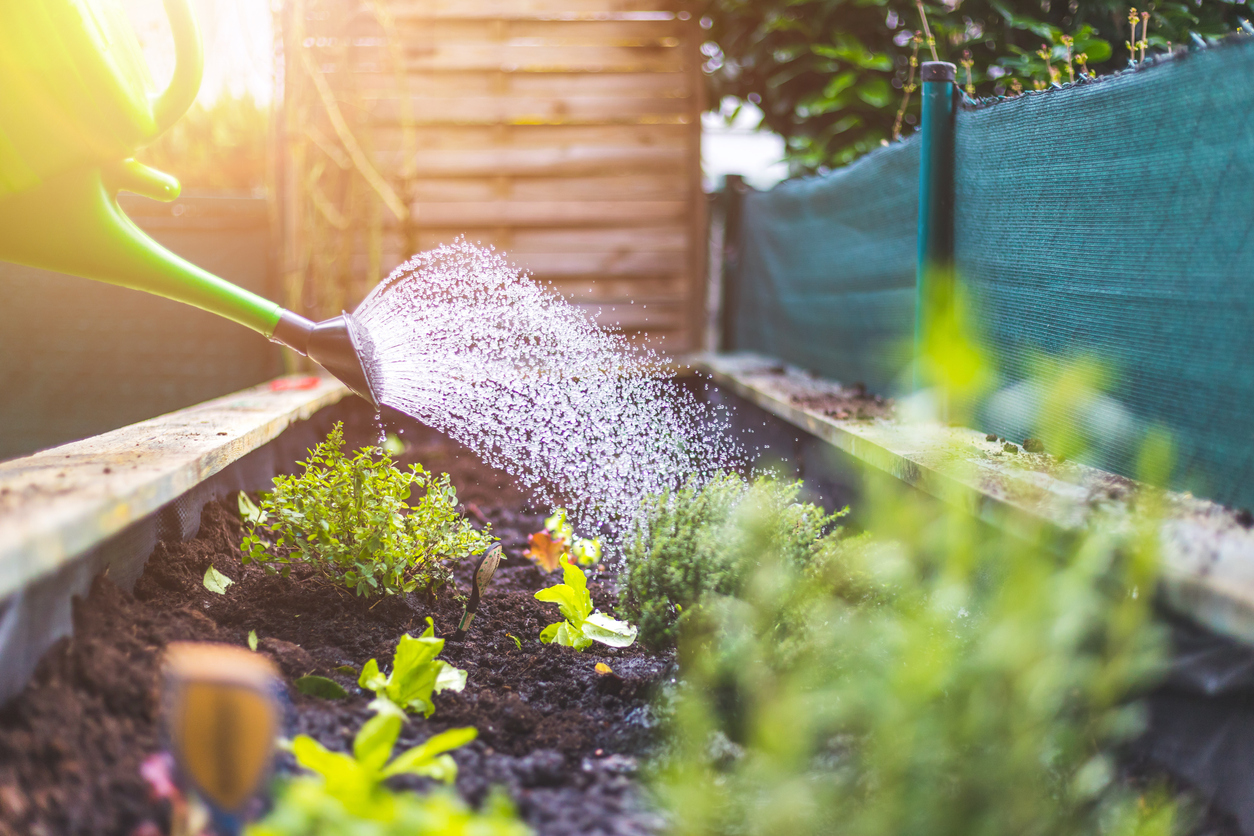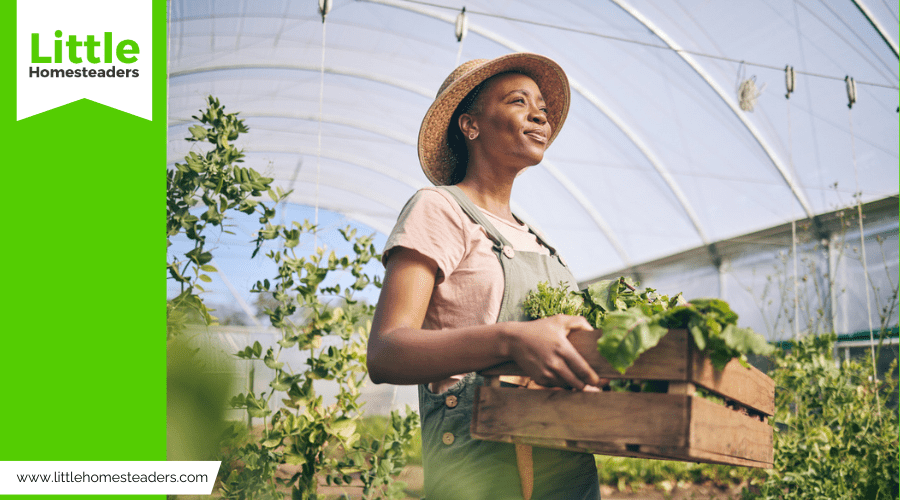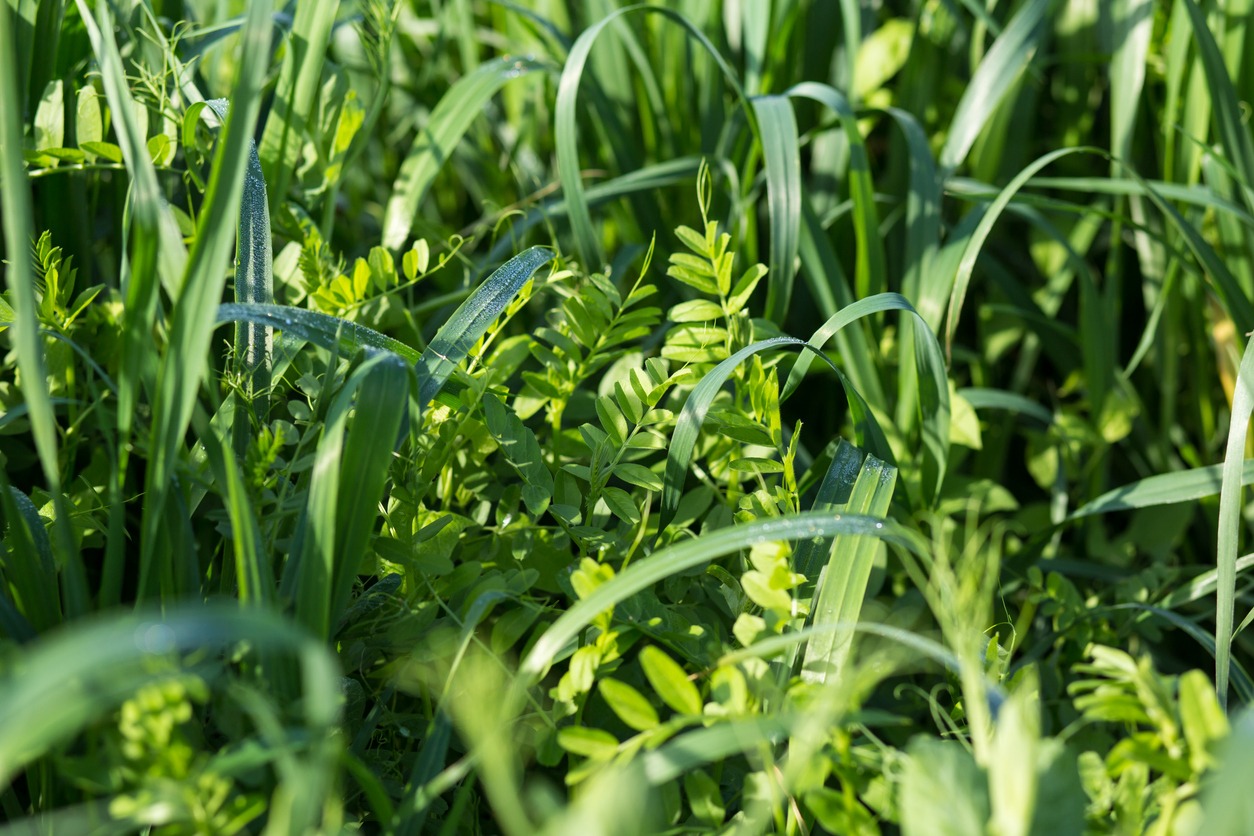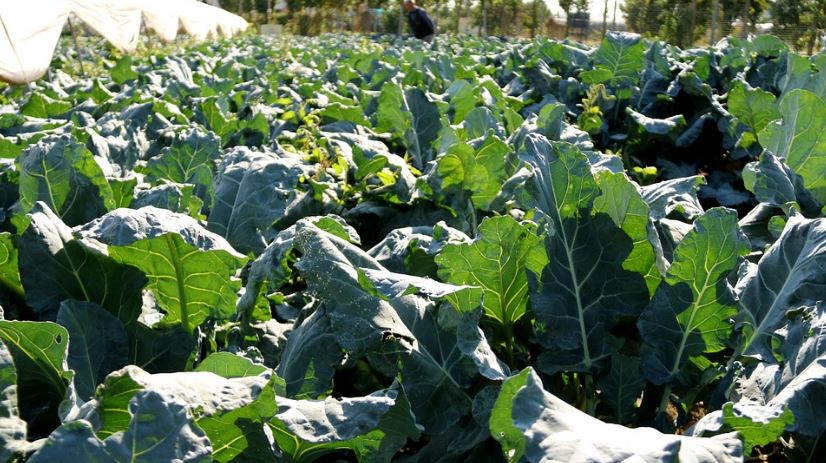Crop Planning for Outdoor Gardeners in Texas Zones

When you're planning your Texas garden, you're maneuvering a state with multiple USDA hardiness subzones—roughly 6b/7a in the Panhandle to 9b near the southern tip—and wildly different regional conditions. Your success hinges on understanding not just when to plant, but what will actually thrive in your specific area.
The harsh reality? Many gardeners waste entire seasons on crops doomed to fail in their zone. With recurring drought and stressed aquifers, your strategic planning isn't just about productivity—it's becoming essential for sustainability.
Understanding Texas USDA Hardiness Zone Distribution
Why does Texas boast such incredible plant diversity? It's largely due to the state's remarkable span across several climate zones—from 6b/7a in the Panhandle to 9a–9b in South Texas. This range creates diverse growing conditions that support an exceptional variety of plants.
Texas's hardiness zones are shaped by elevation, latitude, and proximity to the Gulf of Mexico. Northern regions like Amarillo see colder winter lows that limit choices to more cold-hardy species. The latest USDA map update reflects gradual warming in many counties, but local reality still varies.
You'll find micro-site temperature differences even within one zone—south-facing slopes, urban heat islands, and sheltered courtyards can be several degrees warmer. Understanding these nuances helps you pick plants that thrive in your specific location, not just your broad zone.
Determining Your Local Microclimate Factors
While Texas's broader zones give a framework, your garden's true conditions depend on its microclimate. By reading your site and tracking seasonal shifts, you'll uncover variations that affect plant success. South-facing beds get more intense sun, creating warmer pockets for heat-loving crops. Urban areas often experience heat-island effects that raise temperatures above surrounding rural zones.
Evaluate your property for these essentials:
- Temperature pockets – Note where cool air settles in low spots or warmth radiates from stone or masonry.
- Sun patterns – Track how light moves through seasons to position crops wisely.
- Wind corridors – Identify channels that increase evapotranspiration and water stress.
- Moisture retention – Find naturally humid, shaded zones or areas with better soil organic matter.
Leverage built structures (fences, sheds, walls) to create protected spaces, effectively expanding what you can grow beyond your default zone.
Seasonal Planting Windows Across Texas Regions
Texas gardeners face unique calendar challenges as planting schedules shift dramatically from the Panhandle to the Gulf Coast. In the north (Zones 6b–7a), last frost can linger into late April, while in the south (Zones 9a–9b) many areas are frost-free by late February. Knowing your average first/last frost is foundational for vegetable timing.
Municipal guidance varies. Dallas–Fort Worth (Zone 8) gardeners generally set warm-season transplants after mid-March; Houston (Zone 9) can often start earlier. Some crops overlap across zones—watermelons are commonly set out from early spring into May in warmer regions, while potatoes are planted earlier in the south (Jan–Feb), late Feb–Mar in Central Texas, and March in the north.
Summer heat favors okra and southern peas; fall pivots to cool-season staples like broccoli and greens. Winter gardens can flourish in the south but need protection elsewhere.
Cool-Season Crop Selection and Timing
As temperatures ease, cool-season crops shine with lower pest pressure and modest water needs.
Consider:
- Leafy greens (spinach, kale, lettuce) for fall plantings into early winter.
- Roots (carrots, beets, radishes) that sweeten in cooler soils.
- Brassicas (broccoli, cabbage, cauliflower) started as transplants in early fall.
- Winter color (pansies, snapdragons) alongside edibles for a productive, attractive bed.
Adjust by region, but most Texas gardeners can harvest cool-season crops through winter with timely planting and light covers on frosty nights.
Warm-Season Vegetables for Texas Gardens
Warm-season vegetables anchor productive Texas gardens. Ideal planting runs after your last frost, typically February–May depending on zone.
Focus on heat-friendly crops—tomatoes, peppers, eggplant—and don’t overlook ultra-tolerant options like okra and hot peppers that keep producing in extended heat. Zones 8–9 can support succession planting for multiple harvests.
Along the Gulf Coast/South Texas, long, humid growing seasons reward staggered schedules and vigilant disease management. Plan by each crop’s temperature needs—warm soils for corn and cucurbits—and provide consistent moisture and mulch for squash, melons, and cucumbers.
Managing Water Resources in Different Climate Zones
With variable rainfall and growing demand, water management is pivotal.
Put these strategies to work:
- Rainwater harvesting to capture irregular downpours.
- Deep organic mulch (2–4") to curb evaporation and moderate soil temps.
- Native/drought-tough varieties matched to your zone to trim irrigation.
- Pre-dawn watering to reduce losses and leaf wetness issues.
Conservation isn’t optional—long-term planning points to tighter supplies in many basins. Smart irrigation and plant choices directly increase your garden’s resilience.
Soil Preparation Techniques for Texas Conditions
Healthy soil is your foundation. Work soil when slightly moist (like a wrung-out sponge) to protect structure. Initially loosen to 8–10 inches and blend in finished compost to boost biology and water-holding.
In thin or rocky western soils, build raised beds (≥8") with inert, untreated materials. Favor biology: incorporate compost, consider mycorrhizal inoculants, and avoid over-tilling once beds are established. Well-aged manures add nutrients without burn risk.
For a low-disturbance route, use sheet mulching (cardboard + organic layers + mulch) to build soil over time. Blend native soil and amendments gently to avoid sharp textural interfaces—key where limestone/caliche dominates.
Extending Growing Seasons With Protective Structures
Protective structures can turn a good season into a nearly year-round one.
Choose tools that fit your budget:
- Low tunnels/row covers to shield from wind and frost.
- Lightweight covers for late cold snaps on tender transplants.
- Shade cloth to carry some cool-season crops deeper into spring.
- Cold frames/greenhouses (properly ventilated) for winter harvests.
Time installations to your local last frost for best early-spring protection.
Pest and Disease Management Strategies by Region
Texas’s mild winters can sustain pests like aphids, whiteflies, cabbageworms, and more.
Adopt IPM:
- Release or encourage beneficials (lady beetles, lacewings).
- Scout weekly to catch issues early; remove infested foliage.
- Rotate crops by family; clear plant debris to break disease cycles.
- Use targeted insecticidal soap or neem oil while preserving beneficials.
- Deploy row covers against caterpillars.
- For fire ants, pair mechanical disruption with baiting/biological controls.
- Interplant allyssum and other nectar flowers to support predator insects.
Native and Adapted Plant Options for Sustainable Gardens
Sustainable Texas gardens lean on native and well-adapted species tuned to the state’s 10+ ecoregions, from arid plateaus to humid coastal plains. Plants like Texas bluebonnet (Lupinus texensis) and Texas sage/cenizo (Leucophyllum frutescens) thrive with less water and care. Natives support pollinators, cut inputs, and stabilize success across weather swings.
For adapted ornamentals and habitat value, try:
- Esperanza (Tecoma stans) for hummingbirds,
- Texas sage that flushes purple after rains,
- Mexican hat (Ratibida columnifera) for butterflies, and
- Lance-leaved coreopsis (Coreopsis lanceolata) for low-effort color.
These choices save water, invite wildlife, and keep your garden Texas-tough.




